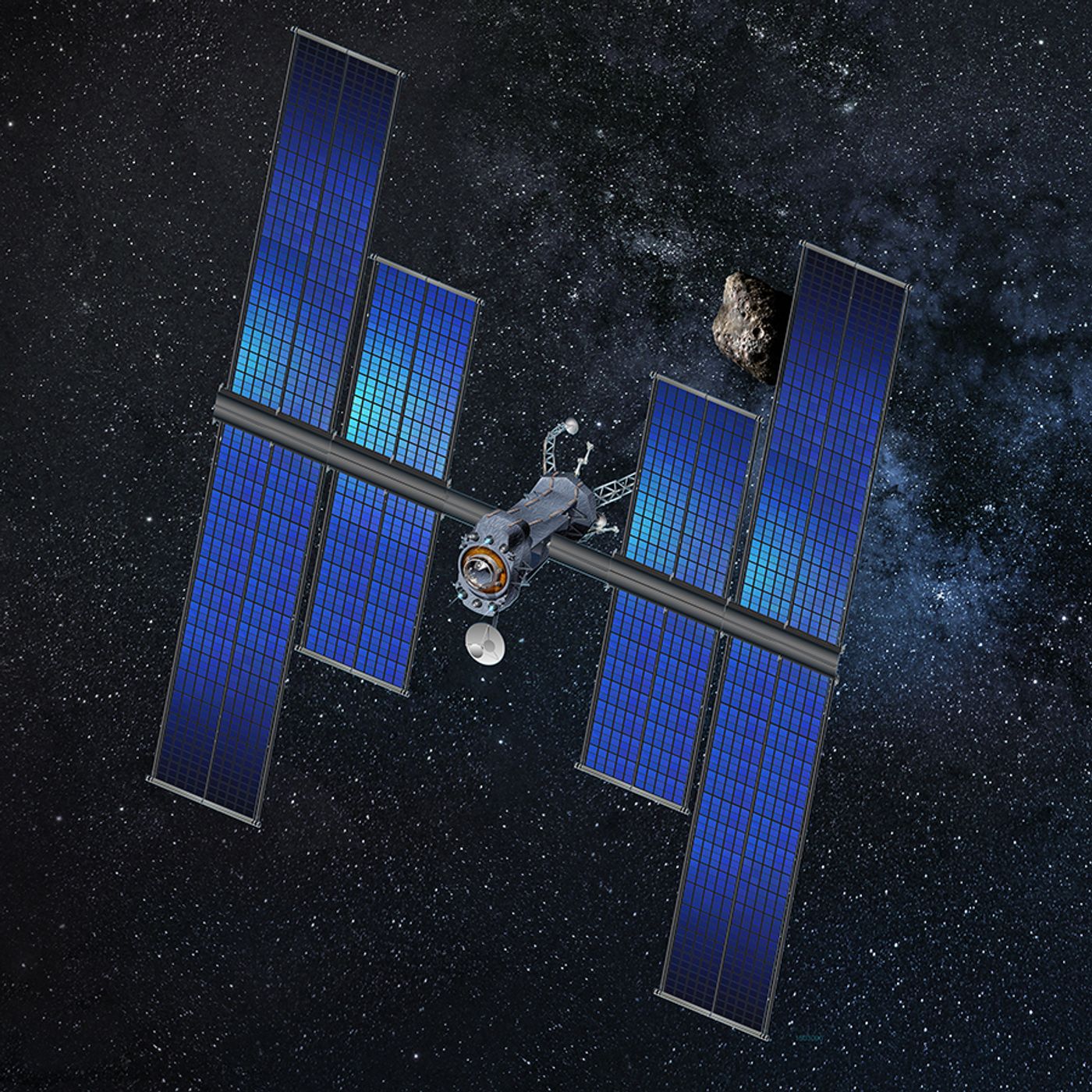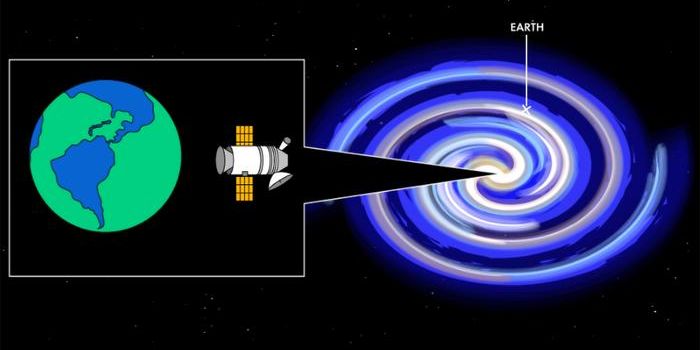New Folding Solar Array System Sent to the ISS for Testing
SpaceX sent a Falcon 9 to space earlier this month with a previously-used commercial Dragon capsule attached to it. It broke a record for modern spaceflight, as a commercial capsule has never went into space more than once, until now.
While it did undergo refurbishing, just like a used Falcon 9 rocket would before flying for a second time, the Dragon capsule was still carrying important supplies and experiments for International Space Station astronauts.
Among the science experiments is a new foldable solar array system that could someday power our future spacecraft. Dubbed ROSA (Roll Out Solar Array), these solar arrays are packed away from technological origami until they’re needed; then, they deploy to absorb the Sun’s energy to convert it into power.
Image Credit: Space Systems Loral (SSL) via NASA
Because they are more compact when folded up, NASA could pack more solar power into their spacecraft without giving up too much valuable cargo space inside of the shipping containers that send them into space. That said, we can get more power out of our spacecraft, opening a new realm of possibilities.
Related: Juno spacecraft breaks record for most distance traveled on solar power
“We get more power by using larger solar arrays. But efficiently packaging them for launch and then deploying those big arrays by a spacecraft has been the challenge.” Al Tadros, SSL vice president for Civil and Department of Defense Business explains.
“What the work on ROSA has done is develop a technique to deploy very large surface areas of flexible solar arrays, doing that efficiently with low risk. It’s more power without increasing the mass dramatically.”
The solar arrays don’t fold up how you might think; instead, they’re wound around a spindle similarly to the way a roll of packaging tape is rolled around a cardboard cylinder. From there, it can unwind. This cylindrical shape will make it more compact and easily shipped via cylindrical shipping containers on modern commercial rocket systems.
One of the possible deployment methods is illustrated in the animation below:
NASA has been pondering about ways this kind of technology could be used, and according to the space agency, it might be perfect for asteroid redirect missions. For that reason, they’ve teamed up with Space Systems Loral (SSL) to make its development happen.
Having the solar array tucked away would enable the spacecraft to get to its destination without critical parts of the solar array being damaged along the way, and then it could be deployed to power ion thrusters that could tug potentially-dangerous asteroids into safer new orbits.
Related: How solar-powered electric propulsion could be used for asteroid redirects and Mars missions
ROSA also has potential for future missions to Mars, as we already know that getting supplies to Mars is going to be both difficult and expensive, so all the space we can save equates to saved money and a safer and more prepared venture to the red planet.
ROSA will be deployed at the International Space Station to test out its folding and un-folding capabilities, and also to ensure its longevity while in space. The end result should be nothing more than rewarding considering all the work that has gone into developing this new kind of solar power system.
Source: NASA via Popular Science









